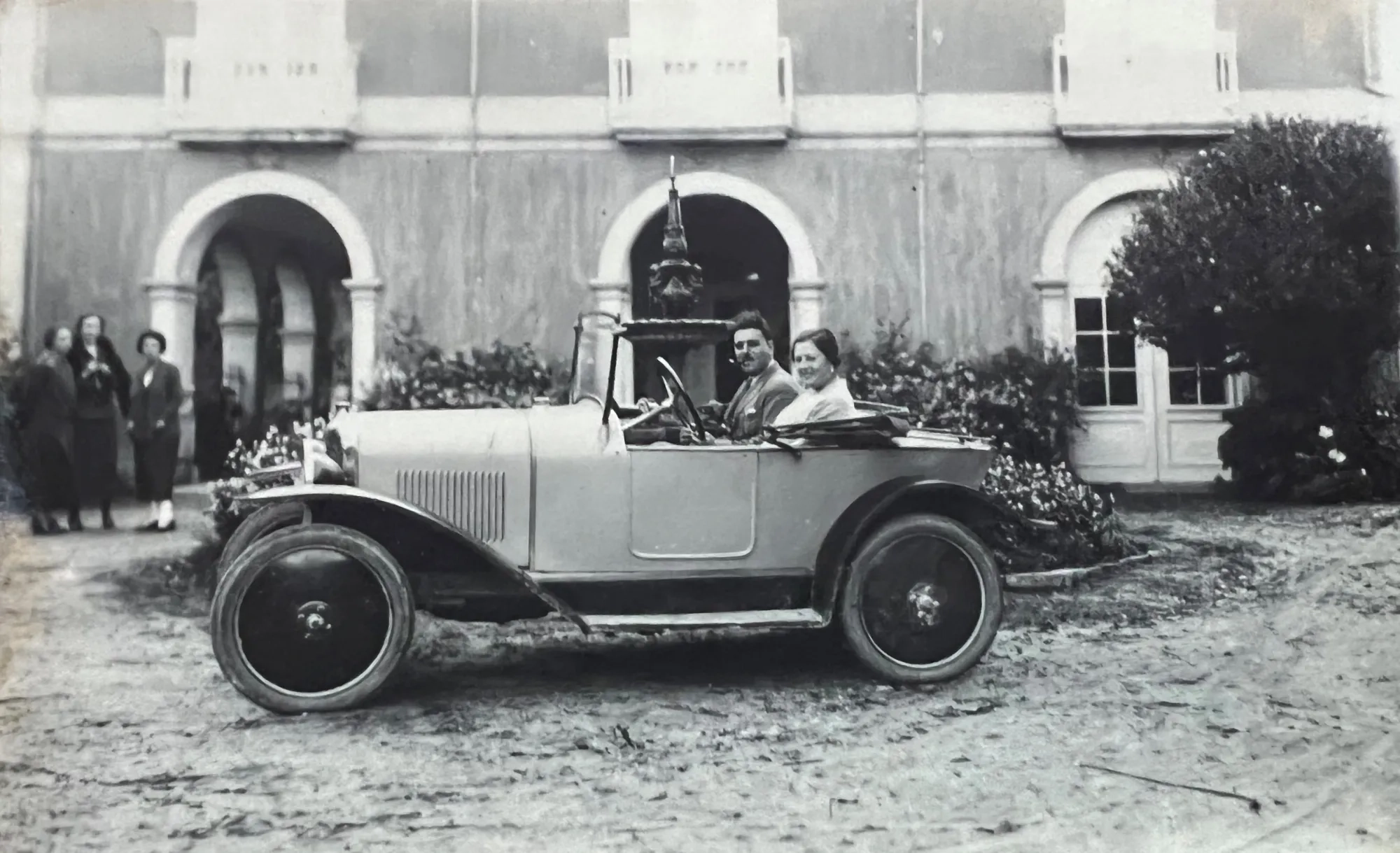'Jardín Indiano' Observatory
Date
From 2013
Type
History
Colaborators
Museo Etnográfico del Oriente de Asturias
Status
Funding
The 'Observatorio del Jardín Indiano' has undertaken the enormous task of documenting the history and legacy of these gardens in the Principality of Asturias. Through our research, we seek to shed light on a gardening tradition that intertwines with the history of the Indianos, those Asturians who made their fortune in America and returned to their homeland.

|
The Observatorio del Jardín Indiano is a research platform dedicated to the exploration and preservation of the Jardines Indianos in Asturias, landscape jewels from the 19th century created by Indianos, Asturian emigrants who returned to their homeland after succeeding in America. The main goal of the observatory is to unravel, analyze, and disseminate knowledge about these gardens, exploring their design, the botanical species that comprise them, and the technical innovations used in their creation. The Observatorio del Jardín Indiano aims to interpret how these gardens have influenced the cultural landscape evolution of the region and how they have served as a bridge between the cultures of Asturias and America. |
To achieve this task, the Observatorio del Jardín Indiano employs an interdisciplinary methodology that combines bibliographic and archival work with fieldwork. Furthermore, collaboration with universities, cultural centers, city councils, and private entities is promoted to expand the reach and depth of the research. The Observatorio del Jardín Indiano also acts as a nexus for conservation and education, organizing conferences, exhibitions, and publications that help raise awareness of the importance of these gardens not only as aesthetic elements but as vital components of the region's historical and cultural legacy. |
EARLY ADVANCES
The bibliographic study carried out during the first year of research has allowed us to compile a preliminary listing that identifies over 2000 references in Asturias alone. This finding reflects the strong expansion of this gardening tradition throughout the Principality.
To visualize the vastness and distribution of these Jardines Indianos, we have created an interactive map. This tool, more than just a visual resource, provides a tangible representation of the project's magnitude and the historical and cultural significance of these gardens in the Asturian territory, allowing us to understand the chronological and geographical evolution of the Asturian landscape movement.
The cataloging records specially developed for this research will allow us to deeply analyze the essential characteristics of these Jardines Indianos. These records address both architectural and botanical elements and offer an evaluation of the current state of each garden. This analysis will be crucial, for example, to identify areas that require conservation actions.
NEXT STAGES OF THE PROJECT
The next stage of the project directly involves the garden owners in order to coordinate visits and complete the cataloging records previously designed. These data will enable us to answer fundamental questions about the creation and evolution of these spaces. We want to discover the motivations that led the Indianos to establish these Jardines Indianos, identify the plant species used, and discern which were native and which were introduced from America, as well as the process of their transfer and acclimatization. Who designed and built these Jardines Indianos? Did the figure of the Indiano affect the evolution of the Asturian garden in the 19th century?
We recognize that the success of the Observatorio del Jardín Indiano depends greatly on the conjunction of efforts and resources. To address the scope and depth of this project, it is crucial to weave a network of collaboration and support with various agents involved in the preservation of the heritage and history of Asturias. Therefore, we will initiate a process of dialogue and approach with both public and private bodies, thus establishing alliances that will allow us to access the necessary means to carry out our mission. This multidisciplinary and multi-institutional collaboration will be crucial to guarantee the conservation, study, and dissemination of these Jardines Indianos, which are living testimonies of a fundamental chapter in the history of Asturias.
OUR EXPERIENCE
Our commitment to the preservation of the Asturian landscape and cultural heritage has led us to conduct rigorous work when facing the rehabilitation of these gardens. Our approach has always been to respect the history and essence of each of these gardens. In all cases, our work has begun with an in-depth investigation into the evolution, use, and heritage value of each garden, including consulting primary and secondary sources, interviewing individuals connected to the gardens, and reviewing numerous historical archives.
PRESS
EL COMERCIO: An Observatory to Rescue the Jardín Indiano
LA NUEVA ESPAÑA: A Plan by an Engineer from Llanes to Rescue the Jardines Indianos
TPA (in Spanish): Researching to Rehabilitate Jardines Indianos
TPA (in Asturian): Researching to Rehabilitate the Xardinos Indianos
EL COMERCIO: Artificial Intelligence to Research the Jardín Indiano
LA NUEVA ESPAÑA: The Observatorio del Jardín Indiano Catalogs Over 500 References in Just a Few Months
HISPANIA NOSTRA (conference): The Observatorio del Jardín Indiano
ACKNOWLEDGMENTS
Llanes City Council, Ethnographic Museum of Eastern Asturias, 'Documenta Llanes' Association, José Antonio Anca Gómez, Javier Morán Sobrino, El Comercio, La Nueva España, Television of the Principality of Asturias.
